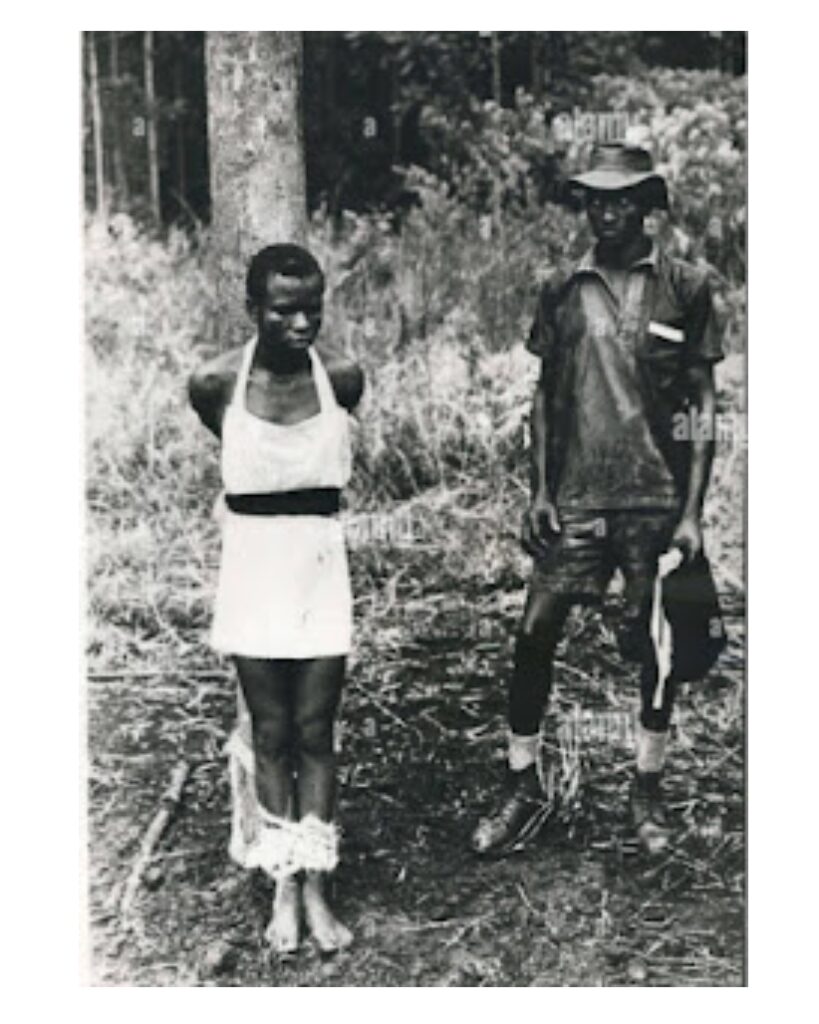
Ugandan Executions Shock Africa: Twelve alleged criminals – eleven of them said to be ”guerrillas” and the twelfth an armed robber – were executed in Uganda on Saturday (Feb 11). Nothing novel in that -except that the executions were in public, and the victims stripped naked before their deaths. Neighbouring African countries have been shocked by this ”new low” even for the Amin regime. Photo shows Naked under his canvas apron, one of the alleged ”guerrillas”, Sebastiano Namirundu, contemplates his last few minutes of life before execution at Mbale

About the Archive
This is a digitized version of an article from The Times’s print archive, before the start of online publication in 1996. To preserve these articles as they originally appeared, The Times does not alter, edit or update them.
Occasionally the digitization process introduces transcription errors or other problems; we are continuing to work to improve these archived versions.
Full articles
In Uganda last weekend, 12 men were killed in exemplary public executions by firing squads. Some died without blindfolds, watching their executioners load and take aim. Most of them were in their 20’s; the youngest was a schoolboy, 17 years old. All were tried in secret by a military tribunal and convicted of engaging in guerrilla activities.
The Government’s evidence of guerrilla activities in recent weeks has been circumstantial at best, and no evidence against the 12 executed men was made public. The executions were characterized by a military spokesman as “a real lesson to the people of Uganda.” In other words, they apparently were intended as a deterrent to potential dissidents against the harsh rule imposed in recent months by the country’s President, General Idi Amin.
There have been other signs of fear on General Amin’s part of action against him. The Government has been warning that whole villages would be destroyed if their inhabitants were suspected of helping or harboring guerrillas. General Amin said in a speech to the armed forces, “If anything happens to me,, however, small, get your gums.” He has scarcely been seen in public recently.
The security measures in Uganda have strained relations with neighboring Kenya. The Kenyan press accused General Amin’s Government of harassing Kenyans in Uganda who are officials of the country’s joint railroad system. In answer, the General threatened thousands of Kenyans of the Luo tribe in the country with intimidation or expulsion. He later backed down, but not before some 200 frightened Luo families had fled.
Kenya’s trade‐union organization thereupon threatened to block the movement of goods from and to Uganda. If that threat were to be implemented—and countenanced by the Kenyan Government—the consequences to General Amin’s regime would be disastrous. It would put a stop to virtually the entire Ugandan export and import trade, since the landlocked country depends primarily on Kenya for transit facilities.
At the week’s end, it seemed likely that General Amin would seek to mollify the Kenyans and the dispute between the two countries would die down. But that depended to a large extent on whether the exodus of the Luo tribe stops.
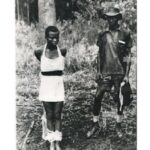
The executions in Uganda were the latest of a series of surprising steps by General Amin that have made him the most unpredictable of Black Africa’s rulers. Some months ago he carried out the mass expulsion of Uganda’s Asian minority, mostly of Indian and Pakistani ethnic background. The Asians had carried out much of Uganda’s commerce and filled many of the professional posts, and their abrupt departure—many, as British subjects, were permitted entry into Britain—left Uganda with a legacy of dislocation and bewilderment as to what would happen next.
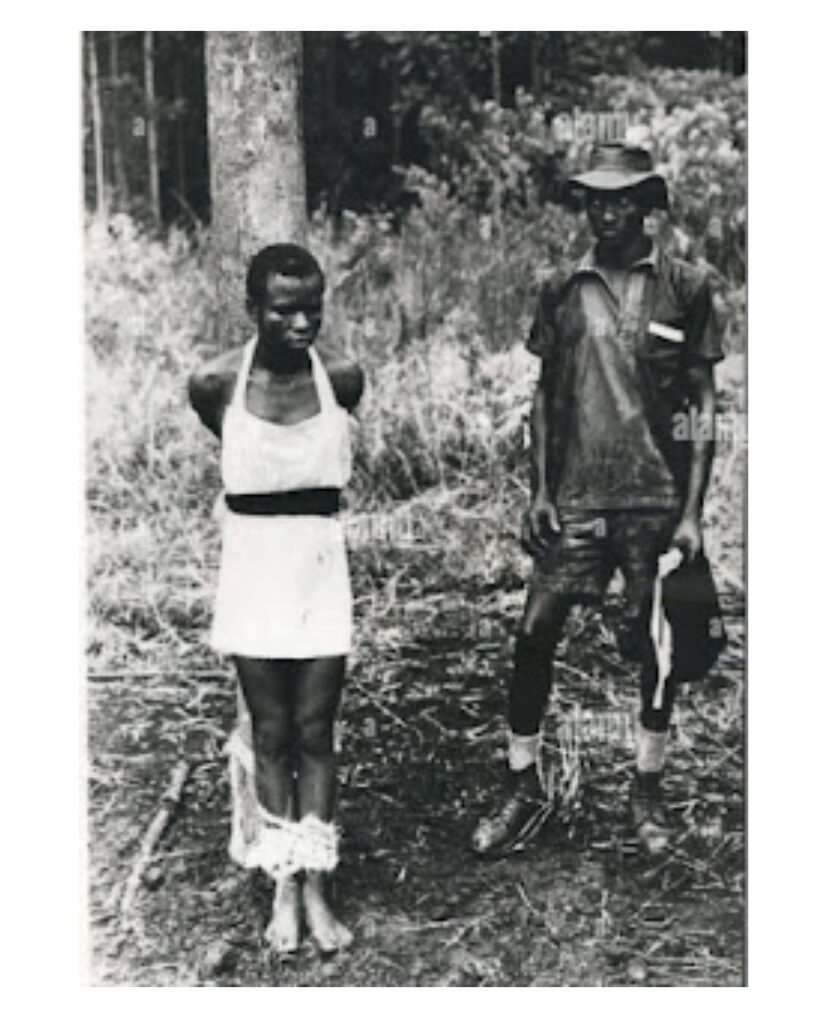
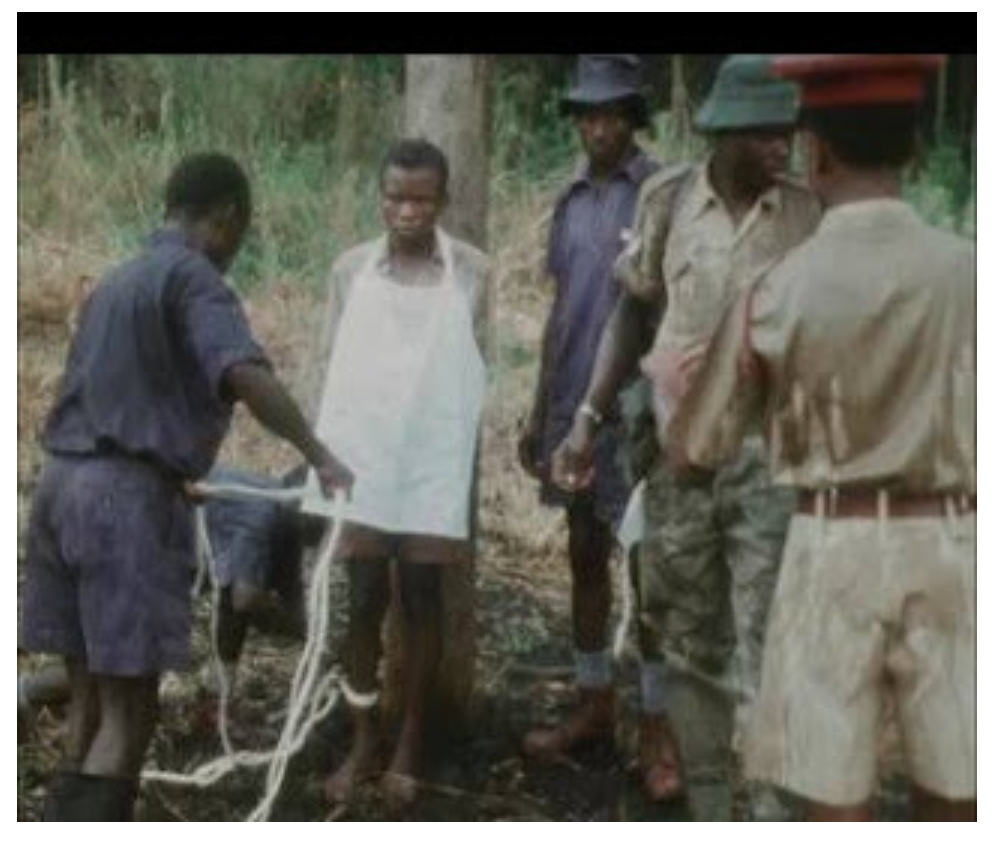
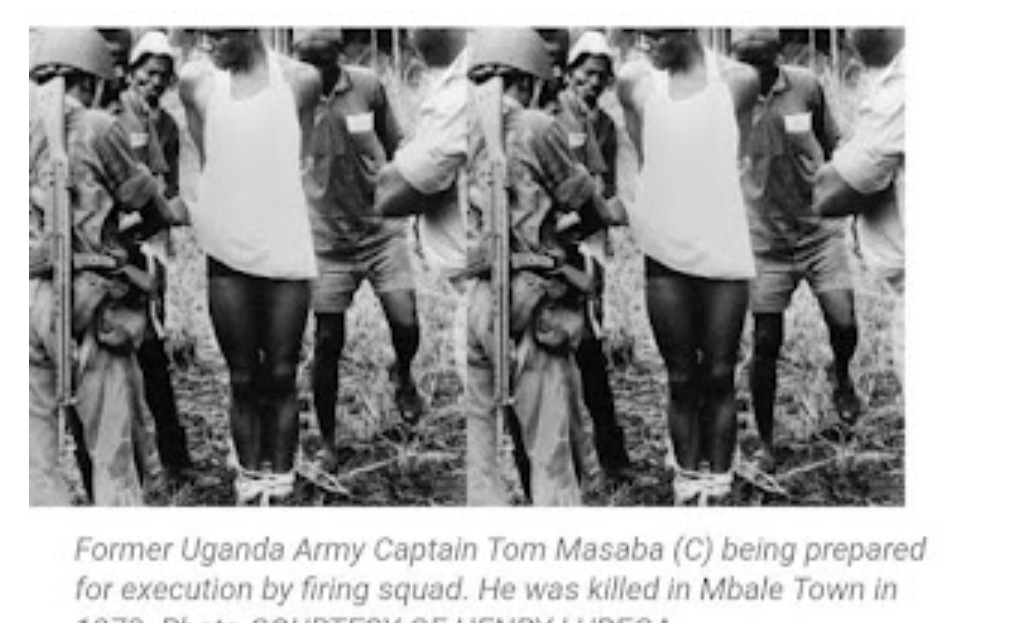
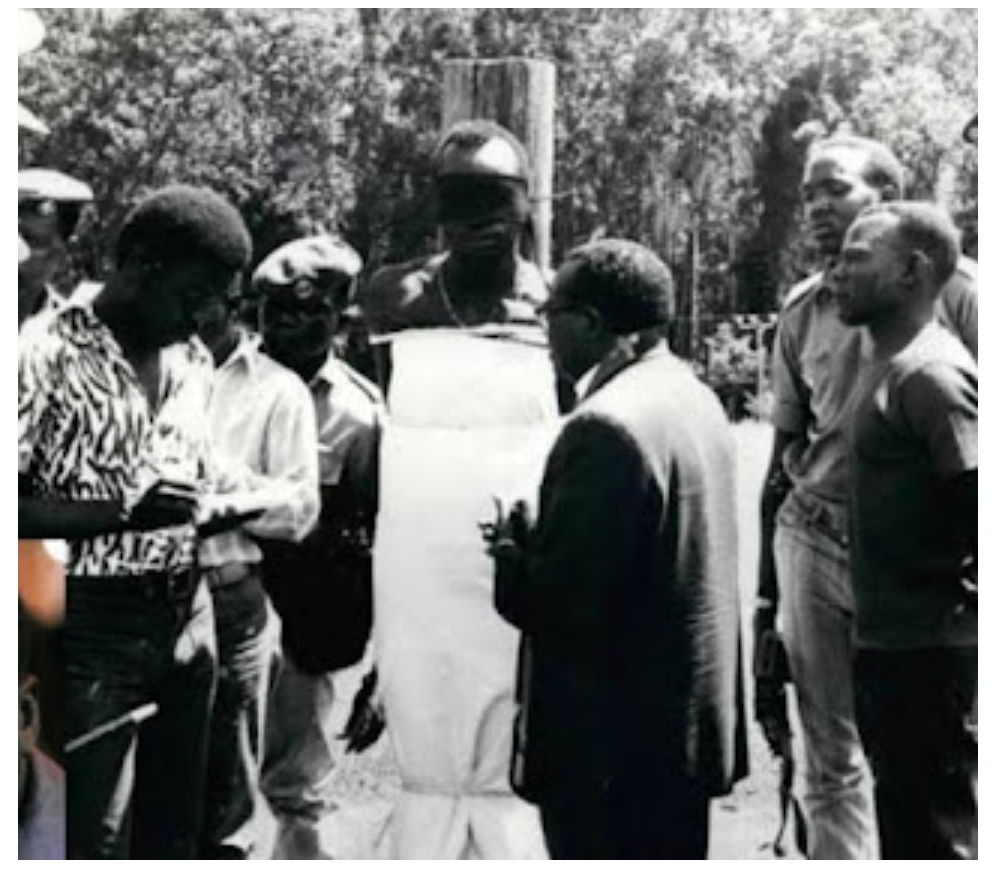
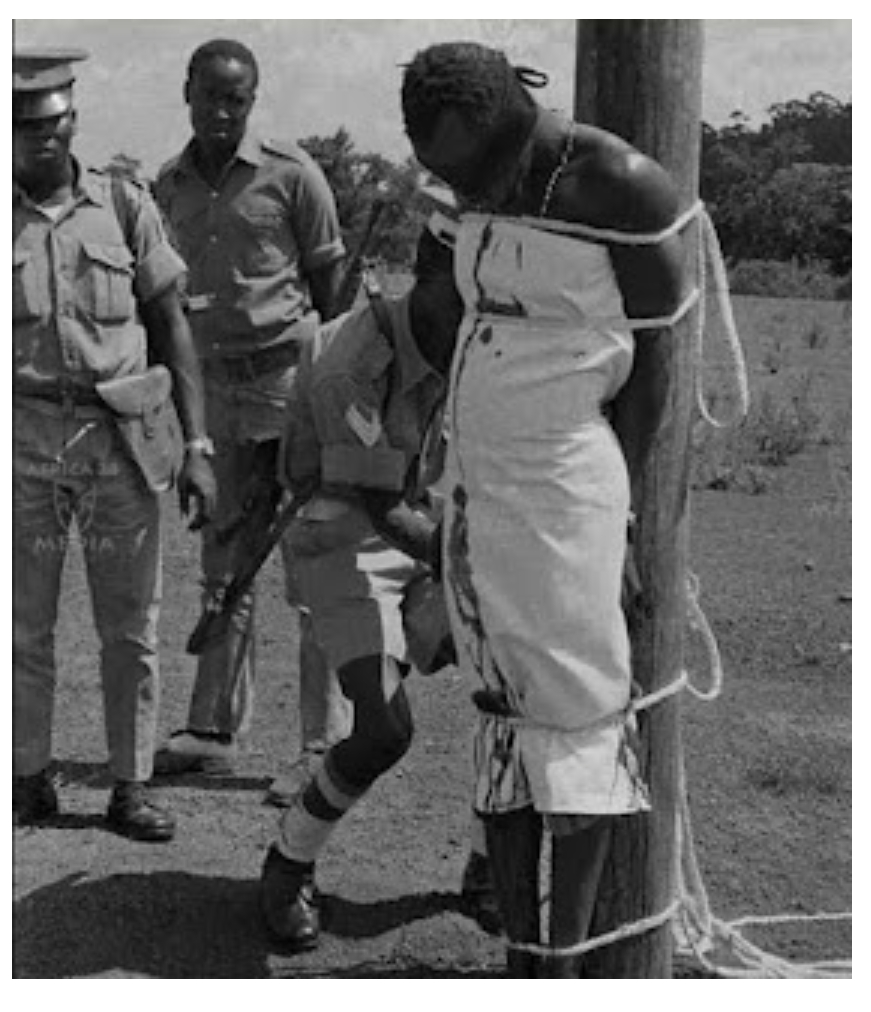










Leave a Reply